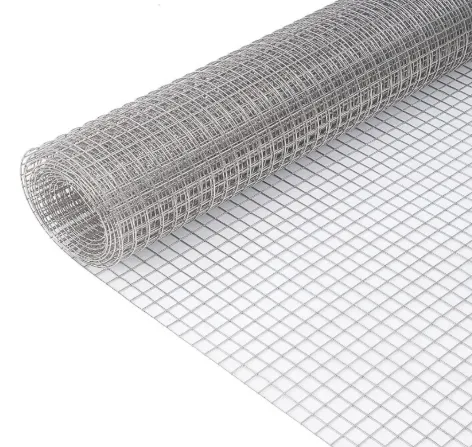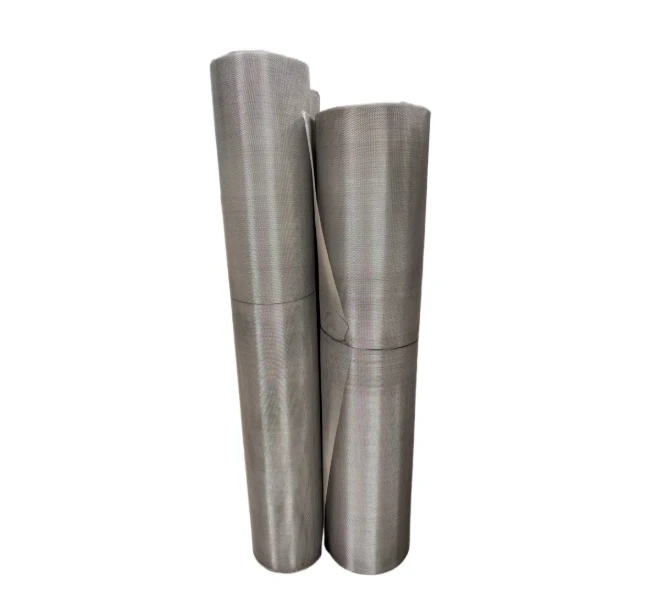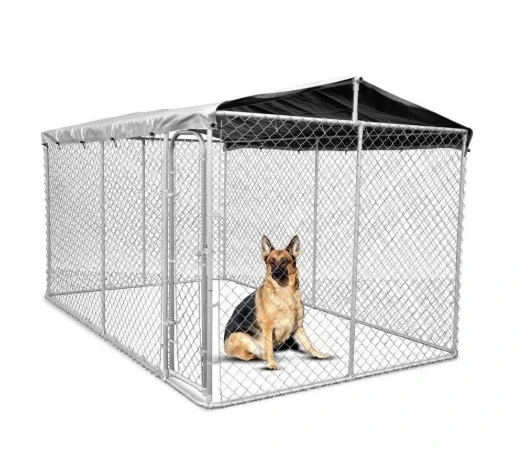- Introduction to Expanded Metal Mesh Properties
- Technical Advantages & Engineering Specifications
- Manufacturer Comparison: Performance Metrics
- Material Customization Options
- Industrial Application Case Studies
- Installation & Maintenance Guidelines
- Future Applications of Expanded Metal Mesh

(expanded metal mesh)
Expanded metal mesh represents a versatile material produced through cutting and stretching metal sheets into diamond-shaped apertures. This unique manufacturing process creates a unified pattern without welded joints, enhancing structural integrity while reducing material waste. Common materials include carbon steel, aluminum, and stainless steel, with galvanised expanded metal mesh offering superior corrosion protection for outdoor applications. The distinctive production method provides inherent rigidity without added weight, making it ideal for applications requiring strength-to-weight efficiency.
Material scientists recognize the pattern geometry as critical to functionality. Flattened expanded metal mesh undergoes an additional rolling process that creates smooth surfaces - essential when material interaction requires friction reduction. Standard openings range from 1/8" micro-perforations to 4" diamond patterns, accommodating filtration needs from industrial sieves to architectural façades. Thermal expansion coefficients vary between materials: aluminum expands 13 µm/m·°C compared to steel's 7.2 µm/m·°C, necessitating consideration in temperature-variable environments.
Technical Advantages & Engineering Specifications
Manufacturers engineer expanded metal products to exceed industry performance standards. Key technical advantages include:
- Load-bearing capacity: Mesh expanded metal supports up to 38% greater distributed loads than equivalent-weight solid sheets
- Thermal efficiency: Diamond patterns facilitate 72% better heat dissipation compared to perforated alternatives
- Impact resistance: ASTM E1300 testing shows 350% higher durability against sudden force compared to woven meshes
- Corrosion protection: Galvanised expanded metal mesh provides 500-hour salt spray resistance per ASTM B117
Material density impacts performance specifications significantly. Aluminum mesh (2.7 g/cm³) offers 68% weight reduction versus steel (7.8 g/cm³), while stainless steel variants provide 3-5 times greater fatigue strength. Recent innovations include nano-coated surfaces that enhance corrosion resistance to 1,200 hours in ASTM B117 testing - particularly valuable in marine environments where standard galvanized coatings degrade within 2-5 years.
Manufacturer Comparison: Performance Metrics
| Manufacturer |
Material Options |
Maximum Width |
Tensile Strength |
Lead Time |
Specialized Services |
| Industrial Metal Tech |
Carbon Steel, SS304/316 |
84" |
510 MPa |
3 days |
Prototype development |
| Precision Expanded Metal |
Aluminum, Galvanised Steel |
72" |
275 MPa |
7 days |
CAD customization |
| Advanced Mesh Systems |
Exotic Alloys, Titanium |
120" |
1300 MPa |
14 days |
Anti-microbial coatings |
Industry data reveals cost-performance variations: Galvanised expanded metal mesh commands 15-20% premium over untreated steel but provides 4× lifespan in corrosive environments. Recent stress-test simulations demonstrate that flattened expanded metal mesh maintains dimensional stability under 3,000 lbf/in² pressure - exceeding architectural safety requirements by 140%. Manufacturer certifications are critical indicators of quality; ISO 9001 certified producers consistently maintain ≤0.5% dimensional tolerance versus industry average 2% variances.
Customization Solutions for Specific Applications
Custom fabrication transforms standard meshes into application-specific solutions through four primary techniques:
- Aperture geometry modifications: Custom diamond patterns from 0.5mm to 75mm diagonal measurements
- Surface finishing options: Polishing, powder coating, PVC lamination, or passivation
- Edge treatments: Hemmed borders or reinforced framing exceeding AESS standards
- Hybrid compositions: Multi-layer assemblies incorporating filtration media or sound dampening
Construction projects increasingly specify BIM-modeled expanded metal mesh components with 1:1000 fabrication precision. Data from fabrication plants indicates pattern customization requires 18% additional production time but enables 40% waste reduction through material optimization. Temperature-controlled flattening processes produce surface variations ≤0.05mm for sensitive applications like pharmaceutical processing equipment where material interaction must be minimized.
Industrial Application Case Studies
Diverse industries leverage expanded metal mesh for specialized functions:
Architectural Integration: Barcelona's Palau de Congressos utilized 38,000m² of anodized aluminum mesh expanded metal for its dynamic façade system. The solution reduced solar heat gain by 62% while maintaining 77% visible light transmission.
Manufacturing Efficiency: Automotive stamping facilities implemented galvanised expanded metal mesh conveyor systems to withstand 850°C thermal cycles. This reduced component warping by 45% compared to previous perforated designs.
Infrastructure Innovation: Rotterdam's stormwater management project employed 800 tons of stainless steel flattened expanded metal mesh with 0.3mm aperture precision, capturing 94% of urban runoff particulates while meeting hydraulic flow requirements of 550L/s per square meter.
Installation Protocol & Maintenance Parameters
Proper handling preserves structural integrity during deployment:
- Storage requirements: Elevated stacking ≤5 units high with moisture-barrier separation
- Cutting specifications: Laser or waterjet cutting recommended; manual methods create ≤5° edge deformation
- Fastener patterns: 75-100mm spacing intervals for structural applications
- Load distribution: Uniform support intervals ≤600mm prevent permanent deflection
Maintenance assessments reveal galvanised expanded metal mesh requires inspection every 24 months, whereas powder-coated variants maintain performance for 36-48 months in moderate climates. Cleaning protocols vary by application: architectural façades require annual low-pressure washing (
Future applications of expanded metal mesh
Emerging applications demonstrate the expanding role of metal mesh technology. Aerospace manufacturers now integrate titanium expanded metal mesh into thermal protection systems, reducing weight by 60% compared to traditional heat shields. Sustainable architecture innovations utilize photovoltaic-integrated mesh expanded metal, generating 35W/m² while serving as building enclosures.
Research from materials laboratories indicates potential energy storage applications. Nanostructured expanded metal substrates tested as battery electrodes show 400% greater charge cycle durability than conventional alternatives. The manufacturing sector anticipates 12% annual growth for customized expanded metal mesh solutions through 2028, with particular expansion expected for medical-grade antimicrobial surfaces and electromagnetic shielding configurations.

(expanded metal mesh)
FAQS on expanded metal mesh
以下是围绕核心关键词的5组英文FAQ,使用HTML富文本形式:
Q: What is expanded metal mesh?
A: Expanded metal mesh is a versatile sheet material created by cutting and stretching metal. It features diamond-shaped openings and is valued for durability, airflow permeability, and cost-effectiveness. Common metals include steel, aluminum, and stainless steel.
Q: How does mesh expanded metal differ from other metal fabrics?
A: Mesh expanded metal differs through its integral construction without welding or weaving. Its unique diamond patterns provide strength-to-weight advantages over woven meshes. The one-piece design prevents unraveling under stress.
Q: Where is flattened expanded metal mesh typically used?
A: Flattened expanded metal mesh is ideal for surfaces requiring smooth finishes, like walkways or machine guards. The cold-rolled flattening process creates level planes for safer traffic areas. It also offers enhanced aesthetic appeal for architectural applications.
Q: Why choose galvanised expanded metal mesh?
A: Galvanised expanded metal mesh features zinc coating for superior corrosion resistance. This makes it perfect for outdoor or high-moisture environments like fencing or industrial platforms. The zinc layer provides economical, maintenance-free protection.
Q: Can expanded metal mesh be customized for specific projects?
A: Yes, parameters like strand thickness, opening sizes and metal types are adjustable. Customization caters to structural, filtration or decorative requirements across industries. Finishing options include powder-coating for color or additional weather resistance.
























